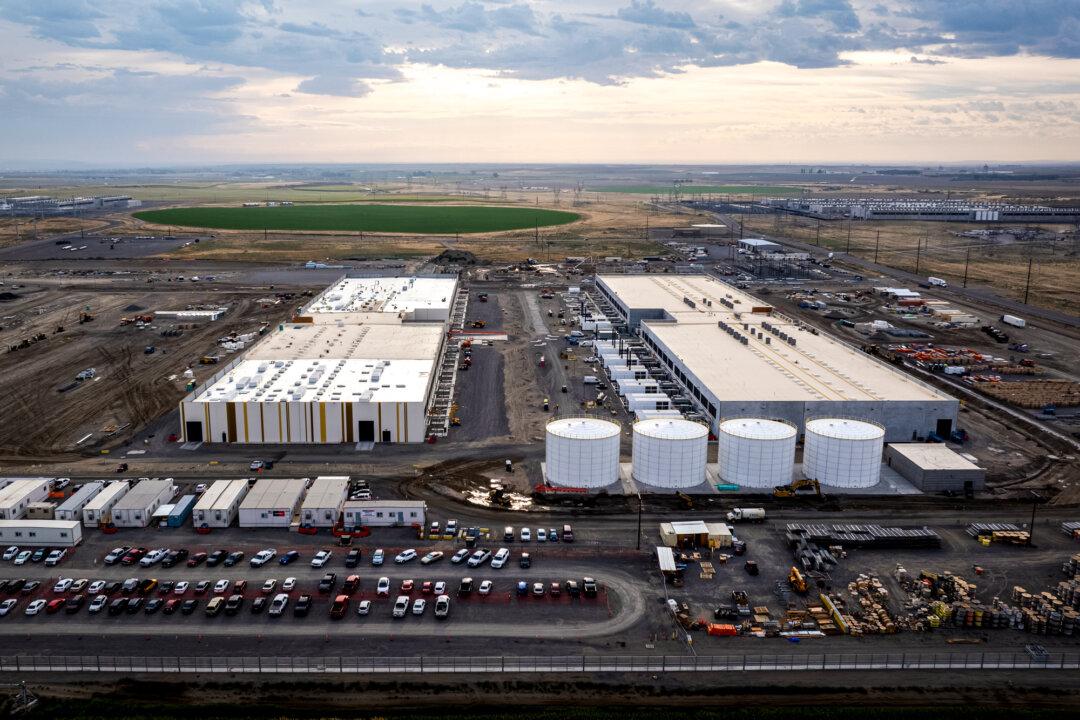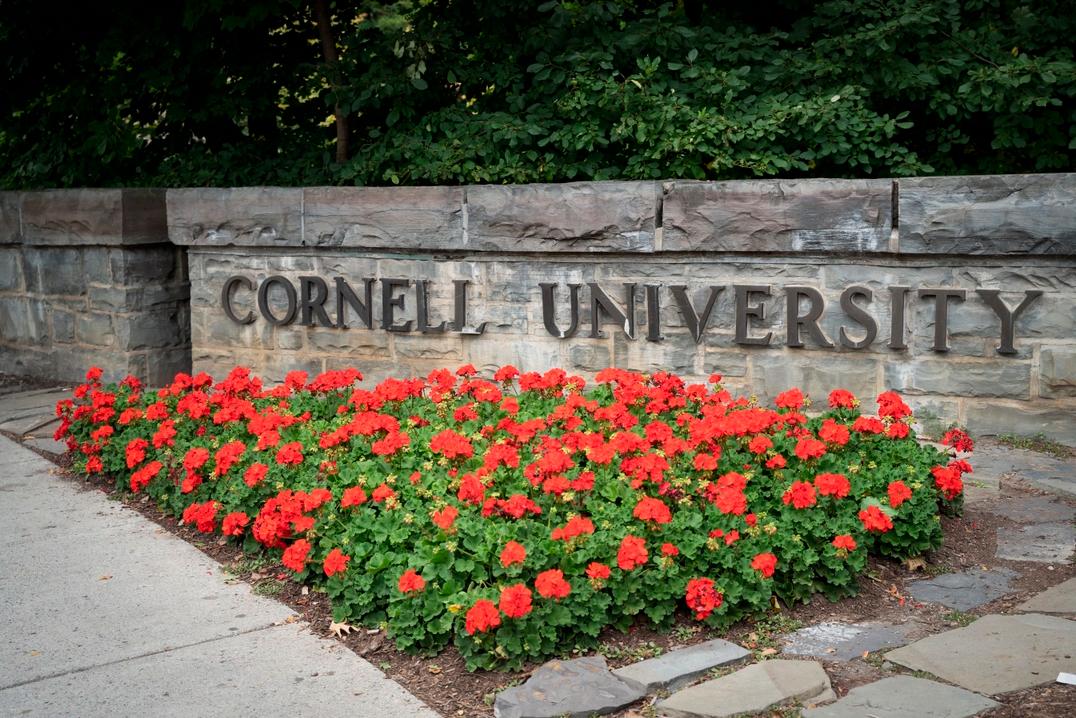Nearly two years after the COVID-19 pandemic began, Portland’s reputation for violence, homelessness, drug use, and riots continues to hamper the city’s recovery. Now Portland Public Schools (PPS) are experiencing an 8 percent decline in enrollment as well.
Enrollment in PPS, the largest district in Oregon, dropped by nearly 7,000 students, or 8 percent, in the past two years, according to state data. Although enrollment has declined by 1.41 percent statewide, PPS had a larger loss of students at 3.84 percent during the same time frame.





